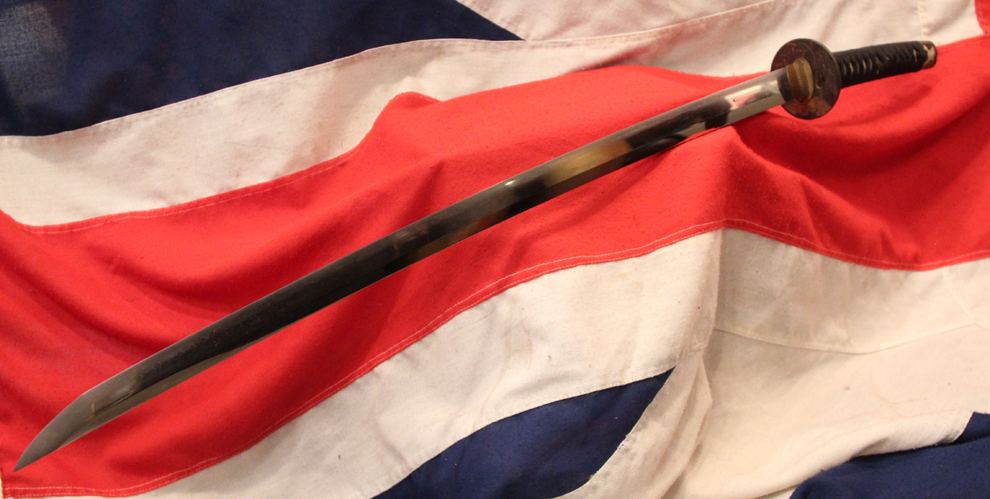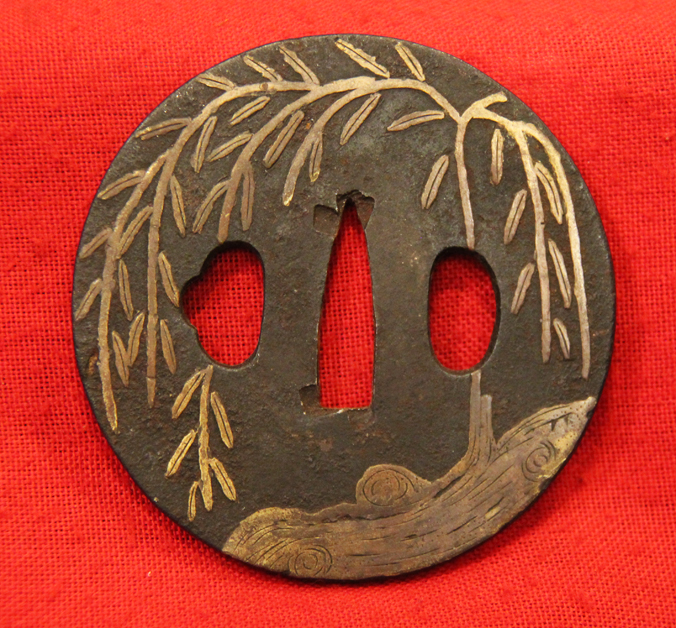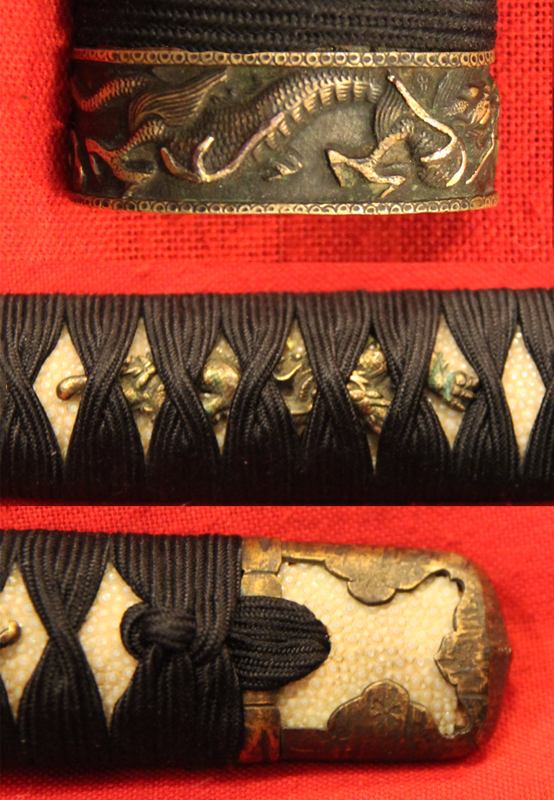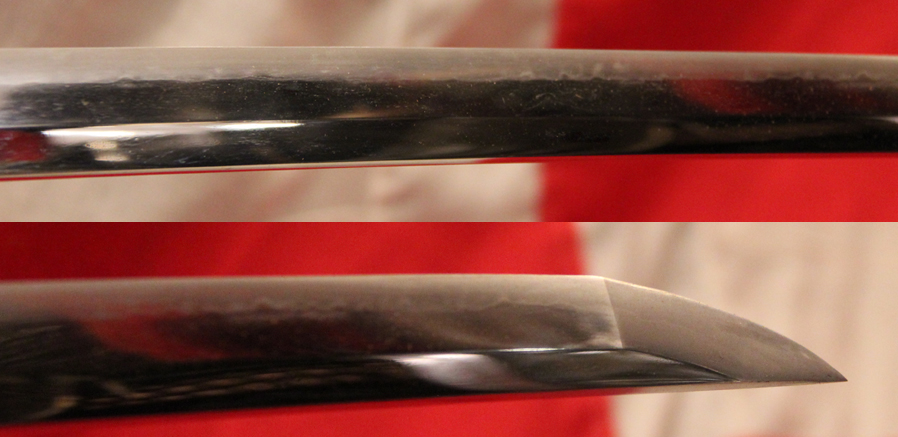A Simply Stunning, Koto Era, Japanese 'Dragon' Katana Circa 1550 of Most Elegant Form Around 500 Years Old
With a most beautiful elegant blade in very good polish, showing a very active hamon and long kissaki.
Fitted with wonderful, all original Edo period dragon themed mounts, fuchigashira and menuki, including its original Edo period lacquer saya in near pristine condition with multi patterned polychrome urushi lacquer, that has survived near 200 years stunningly well.
The complexity of the different patterns and colours of urushi lacquer on the saya shows the status of its last owners during the 18th and 19th century. The original Edo period lacquer on the saya is in simply excellent condition and shows most elegant technical skill, it reveals within that skill the finest craftsmanship and beauty worthy of a master of the art of urushi decor.
Japanese lacquer, or urushi, is a transformative and highly prized material that has been refined for over 7000 years.
Cherished for its infinite versatility, urushi is a distinctive art form that has spread across all facets of Japanese culture from the tea ceremony to the saya scabbards of samurai swords
Japanese artists created their own style and perfected the art of decorated lacquerware during the 8th century. Japanese lacquer skills reached its peak as early as the twelfth century, at the end of the Heian period (794-1185). This skill was passed on from father to son and from master to apprentice.
A saya of this quality would likely have taken over a year to make. Long impressive blade with a long o-kissaki tip.
The tsuba is Hira-zogan iron tetsu inlaid with flat kinko brass in the form of a willow tree. The fuchi and menuki patterns are both dragon based.The first use of katana as a word to describe a long sword that was different from a tachi occurs as early as the Kamakura Period (1185-1333). These references to "uchigatana" and "tsubagatana" seem to indicate a different style of sword, possibly a less costly sword for lower-ranking warriors. The Mongol invasions of Japan facilitated a change in the designs of Japanese swords. Thin tachi and chokuto-style blades were often unable to cut through the boiled leather armour of the Mongols, with the blades often chipping or breaking off. The evolution of the tachi into what would become the katana seems to have continued during the early Muromachi period (1337 to 1573). Starting around the year 1400, long swords signed with the katana-style mei were made. This was in response to samurai wearing their tachi in what is now called "katana style" (cutting edge up). Overall 40 inches long, blade tsuba to tip 28.25 inches long
Code: 21525
7950.00 GBP










